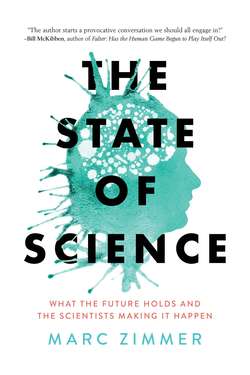Читать книгу The State of Science - Marc Zimmer - Страница 12
На сайте Литреса книга снята с продажи.
The Professional Scientist
ОглавлениеIs the disheveled, gray-haired, Einstein-like character in a lab coat still a good representation of a scientist? Who are our scientists, and who should they be?
In an interview with the Guardian, Donna Strickland, 2018 physics laureate and the third woman to ever receive a Nobel Prize in physics, says, “I don’t see myself as a woman in science. I see myself as a scientist.”[1]
As discussed in this chapter, the situation for women and people of color in science may have improved over the last decade, but inequities still exist. Many people still see the woman before they see the scientist. The United States and the world as a whole have not been taking full advantage of the diverse pool of potential scientists. We may have found and nurtured many future Einsteins, but we have fallen behind in cultivating new Marie Curies and George Washington Carvers. To stay competitive in the current economic system, to solve our global food needs, and to overcome our environmental problems, countries, companies, and academic institutions need to make use of all scientific talents available across a vast array of gender identities, races, and ethnicities.
From the 1970s to 2019, the number of current college graduates has flipped from being 58 percent men to being 56 percent women.[2] However, the gender distribution is not uniform; while women receive 59 percent of bachelor’s degrees awarded in the biological sciences, they receive only 40 percent of physical science and mathematics degrees and much less than 20 percent in the computer sciences and engineering.[3] Women make up half of the total U.S. college-educated workforce but only 29 percent of the science and engineering workforce. A 2017 National Center for Science and Engineering Statistics report shows that although white men make up only one-third of the U.S. population, they constitute at least half of all scientists.[4]
